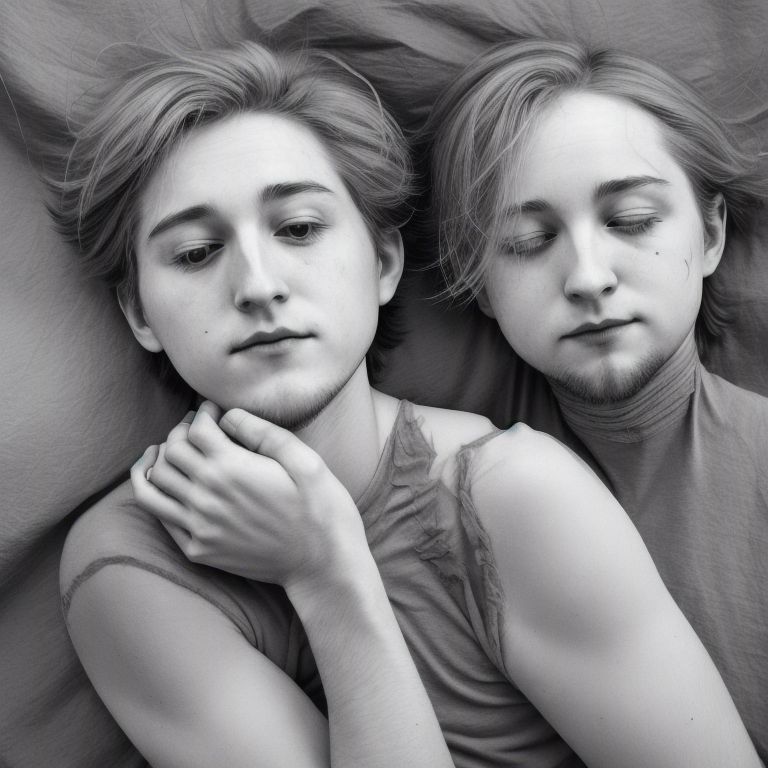|
Hear me out
Getting your Trinity Audio player ready...
|
Non-binary INFP
INFPs, born males, are deeply introspective and value authenticity. They may identify as non-binary because it aligns with their internal values and needs for self-expression. Their open-mindedness supports exploring fluid concepts like gender.
As Feeling (F) types, they may struggle more with external judgment or societal pressure, as they are often more attuned to others’ emotions and approval.
As Perceiving types (P), they are typically more flexible and open to ambiguity.

Non-binary ENTP
✓ ENTP, born female, thrives on questioning norms and exploring possibilities. Non-binary ENTP may challenge societal expectations around gender and enjoy redefining or experimenting with identity.
Perceiving types (***P) are typically more flexible and open to ambiguity, which can align with the fluidity of non-binary identity.
Thinking (T) types might focus more on the logic or reasoning behind their identity and feel less impacted by others’ perceptions.

Non-binary INTP
INTP, born as female, often deconstructs societal frameworks, including gender. They might resonate with non-binary identity due to their preference for logical systems that defy traditional binaries.
As Thinking (T) types, they might focus more on the logic or reasoning behind their identity and feel less impacted by others’ perceptions.
As Perceiving (P) types, they are typically more flexible and open to ambiguity, which can align with the fluidity of non-binary identity.

Non-binary ENTJ
ENTJ, born female, may see their gender identity as a reflection of personal agency and defy gender norms with confidence, driven by their strategic mindset and leadership qualities.
As Thinking (T) types, they might focus more on the logic or reasoning behind their identity and feel less impacted by others’ perceptions.
As Judging (J) types, they often prefer structure and decisiveness. So they may feel conflicted about societal pressures to conform to binary norms.


Non-binary INFJ
INFJs, born as males, often focus on social justice and understanding complex identities. Their empathy and vision for a more inclusive future may align with non-binary perspectives.
As Feeling (F) types, they may struggle more with external judgment or societal pressure, as they are often more attuned to others’ emotions and approval.
As Judging Types (J), they prefer structure and decisiveness. So they may feel conflicted about societal pressures to conform to binary norms.





Non-binary ISFP
ISFP, born male, values personal freedom and authenticity, which can lead them to embrace non-binary identities. They often express their identity through creativity and art.
As Feeling (F) type, they may struggle more with external judgment or societal pressure, as they are often more attuned to others’ emotions and approval.
As Perceiving (P) type, they are typically more flexible and open to ambiguity, which can align with the fluidity of non-binary identity.



Non-binary ESTP
ESTP, born a female, is bold and unafraid to challenge norms. A non-binary ESTP might confidently assert their identity through action and visible expression.
As the Thinking (T) type, they might focus more on the logic or reasoning behind their identity and feel less impacted by others’ perceptions.
As Perceiving (P) type, they are typically more flexible and open to ambiguity, which can align with the fluidity of non-binary identity.







